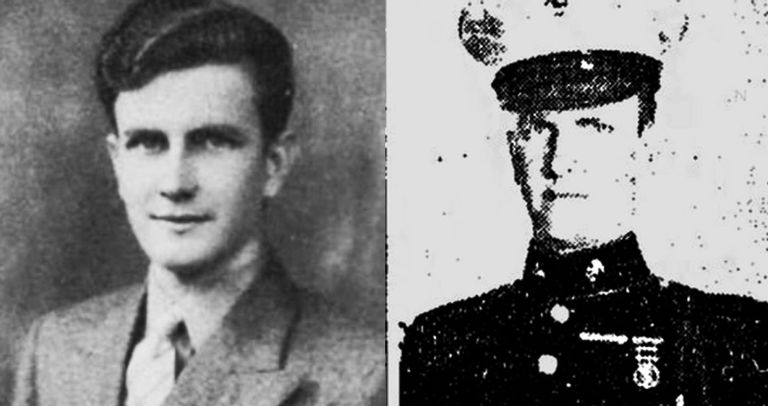DNA Test Solves A WWII Puzzle That's Confounded Historians For Decades
By Luke Paton
Historians know that Imperial Japanese forces killed 2,341 U.S. servicemen in the shocking Pearl Harbor attack on December 7, 1941. The experts also know that 429 Marines, officers, and sailors died that day on the doomed USS Oklahoma. But for 80 years, there was one confounding puzzle that had caused decades of heartache for the families of the Oklahoma’s lost crewmen. Now, though, scientists have finally solved the DNA mystery that could mean an end to their pain.
End of a journey
The answer to the eight-decades-old puzzle certainly came as welcome news to one San Diego family. “It’s the end of a journey,” 80-year-old James Brown told The San Diego Union-Tribune in 2021. “We couldn’t be happier.” After all, the outcome marked the conclusion of years of hard work to fulfill a sacred military promise.
Puzzle solved
It’s fitting, then, that the man who carved the path to the satisfying solution was a former Navy seaman who’d survived the Pearl Harbor attack. Ray Emory would’ve been just 19 or 20 years old at the time of the attack, but he’d been experienced enough to put up some resistance against the Japanese fighters. And he seemingly never lost his committed instincts.
Fighting the good fight
On that terrible day in 1941, Emory had been part of the crew for the USS Honolulu. This light cruiser was one of the fortunate ships to escape from the raid relatively unscathed. But Emory couldn’t have known that would be the craft’s fate when he raced to lay down fire from one of its .50-caliber machine guns. The seaman never claimed to be a hero, though.
Courage under fire
Emory noted to the Los Angeles Times in 2003 that he was far from the only serviceman to take the fight to the Imperial Japanese forces during the Pearl Harbor attack. In fact, the heroic actions of these like-minded men brought down 29 enemy airplanes. But many of the ships at the Naval base were not as lucky as Emory’s Honolulu. And the USS Oklahoma was one of the worst hit.
